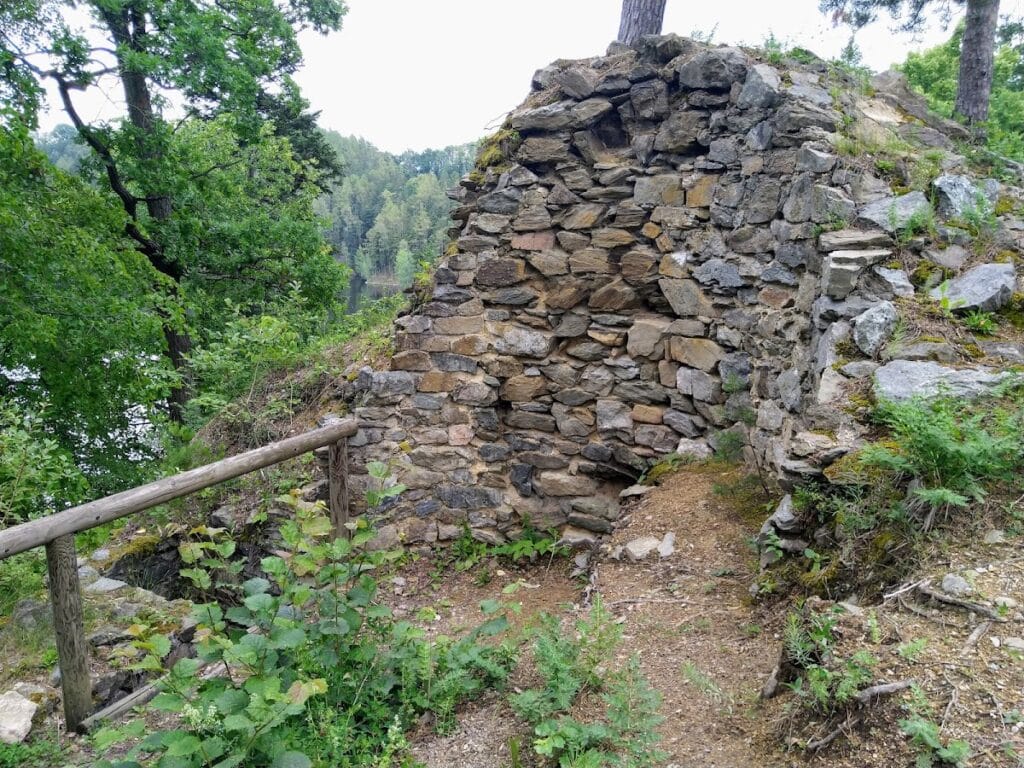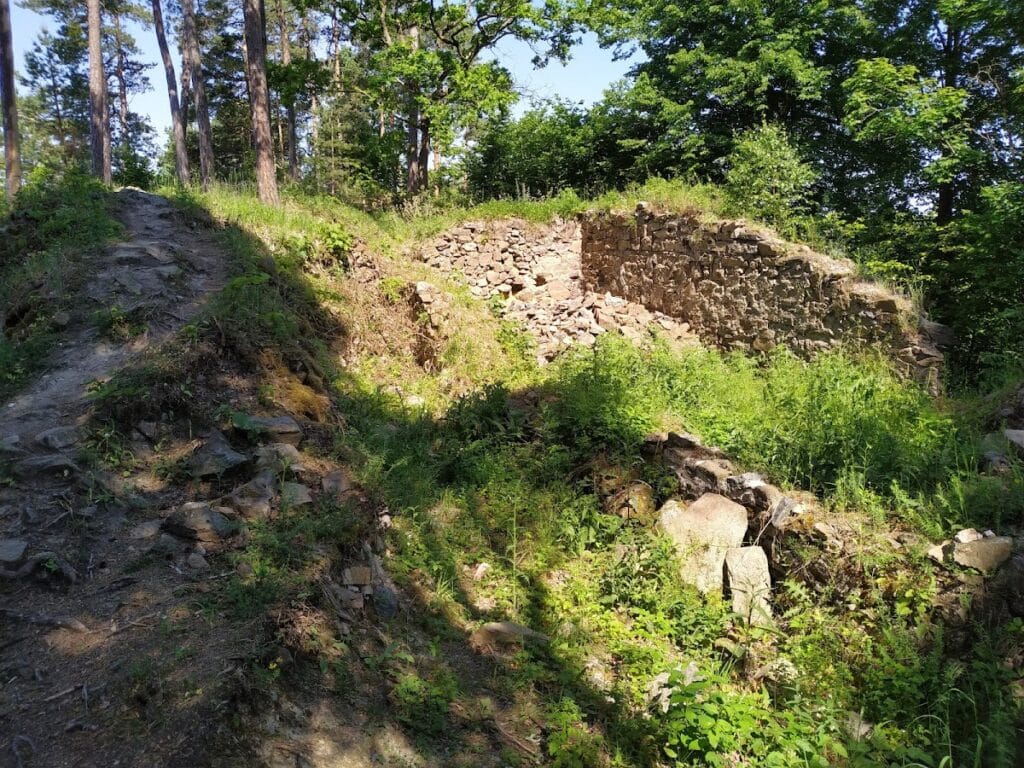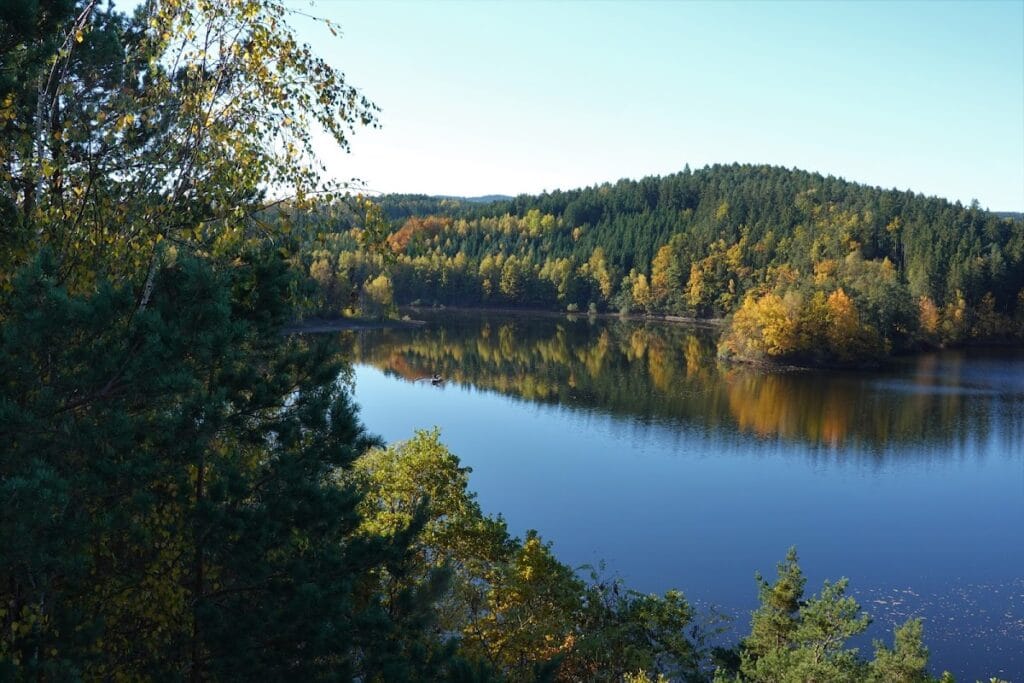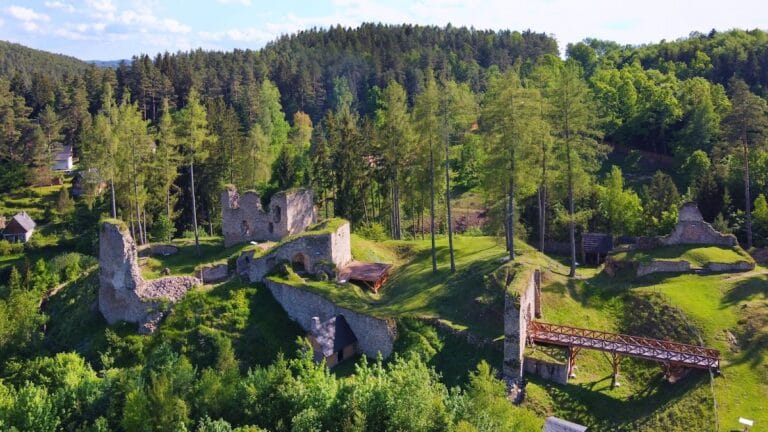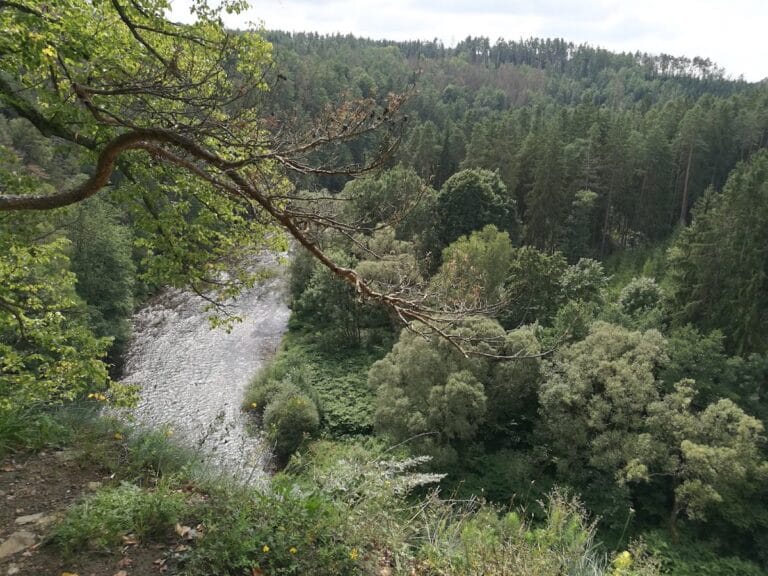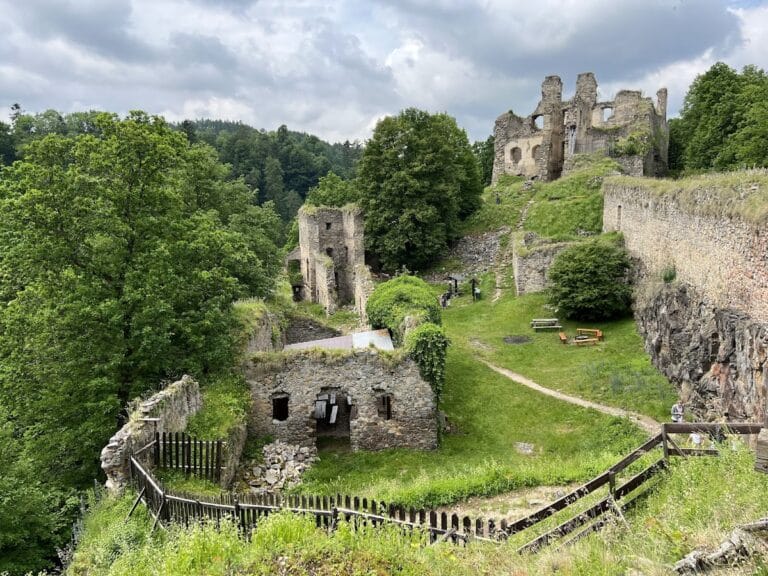Velešín Castle: A Medieval Fortress in the Czech Republic
Visitor Information
Google Rating: 4.2
Popularity: Low
Google Maps: View on Google Maps
Official Website: cs.wikipedia.org
Country: Czechia
Civilization: Medieval European
Remains: Military
History
Velešín Castle stands near the municipality of Velešín-Trhové Sviny in the Czech Republic. This hilltop fortress was established during the early 13th century by the Bohemian Přemyslid dynasty, with its founding attributed either to King Ottokar I or his son Wenceslaus I.
The castle first appears in historical records in 1266, when it changed hands from Čéča of Budějovice to Beneš Pyšný, the progenitor of the Michalovice noble family. Under King Přemysl Otakar II, Velešín briefly returned to royal control before being granted once more to the Michalovices, who maintained ownership until the late 14th century. In 1387, the Michalovice family sold the estate to Oldřich I of Rožmberk, whose family utilized the castle as a regional administrative and strategic base for around one hundred years.
During the turbulent Hussite Wars, Velešín faced military threats on two occasions. In 1423, forces led by the famed Hussite commander Jan Žižka attempted to capture the castle but failed. A further attack in 1434, commanded by Jan Čapek of Sán, was resolved without conflict when a peace agreement was reached with Oldřich II of Rožmberk, ensuring the castle’s continued Rožmberk control.
By the end of the 15th century, persistent structural difficulties and the high cost of upkeep prompted Vok of Rožmberk to order the castle’s abandonment. Partial demolition followed, and by the mid-16th century, Velešín was described as deserted. Records from late 1400s indicate a modest garrison once occupied the castle, including archers, a cavalryman, and a castellan, who defended the site with an array of weaponry such as iron bombards, crossbows, and stored gunpowder.
Archaeological interest in Velešín emerged in the 20th century, particularly during the 1970s excavations led by Antonín Hejna, who uncovered the remains of a Romanesque chapel in 1974. More recently, in 2012, a wooden bridge temporarily reconnected the castle’s outer bailey to its core, though it was removed five years later due to decay. Since the latter half of the 20th century, the ruins have been protected under cultural monument status and are part of a cross-border historical trail connecting Czech and Austrian castles.
Remains
Velešín Castle is situated atop a narrow rocky ridge at approximately 485 meters above sea level. Its design follows a perimeter building layout, with the main structures arranged along the ridge and protected naturally by the surrounding Malše River on three sides. Today, parts of the river valley lie beneath the Římov reservoir, altering the original landscape around the site.
The castle complex features a sizable outer bailey, or předhradí, an enclosed courtyard area lacking major stone structures or strong fortifications. This space was once safeguarded by a ditch, whose shape today is influenced by current forest pathways. Approaching the core of the castle, visitors encounter a broad defensive ditch and frontal fortifications consisting of an earthen rampart complemented by a surviving fragment of a front wall. A further sizable ditch encircled the heart of the castle, though it is now narrower than in the past.
The castle’s side walls were constructed lower down the hillside, and an intentional backfill behind these walls created flat ground within. This modification contributed to structural problems over time, causing portions of the walls to collapse and debris to slide down the slope into the valley below.
Encircling the castle core is a zwinger, a defensive courtyard area designed to trap attackers. A dominant feature here was the large, round bergfried tower with an internal diameter of 3.7 meters. The tower’s ground floor contained a small recess housing a garderobe shaft—a medieval toilet chute—descending more than two meters deep. Notably, after the castle was abandoned, the bergfried tower was deliberately destroyed to prevent its reuse.
The bergfried’s southern side included a gate providing access to the middle section of the castle core. On the northern side, a heavily ruined building likely served as the main residential palace. Attached to this structure on the courtyard-facing side stood a Romanesque chapel topped with a semicircular apse. Though much of the masonry visible today belongs to a later chapel built after the castle’s decline, original excavations revealed that the earlier chapel had been wider. This architectural feature is uncommon among Czech castles but bears similarity to chapels found in certain Austrian fortresses.
Behind the castle core, approximately ten meters lower in elevation, lies an area historically occupied by a semicircular bastion. While no building remnants survive there now, depressions in the ground mark where it once stood. Additional protection on the castle’s western flank was provided by two ditches carved directly into the rock, enhancing the defensive capabilities at this vulnerable point.
In its current state, Velešín is mainly represented by earthworks and fragments of stone walls. The archaeological remains of the chapel and the defensive fortifications offer valuable insights into the castle’s construction and its adaptations over time.
